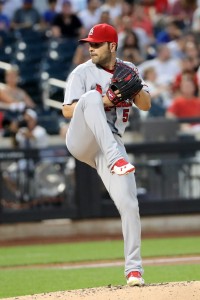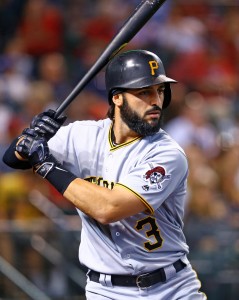1:17pm: Add the Orioles to the list of teams interested in Castillo, as MASN’s Roch Kubatko tweets. The Orioles could lose Matt Wieters to free agency and have been interested in Castillo for some time, according to Kubatko.
11:03am: The Diamondbacks’ unexpected decision to non-tender Welington Castillo has added a new name to the free agent catching market, and Castillo is already receiving interest. The Rays are “expected to aggressively pursue” Castillo, Marc Topkin of the Tampa Bay Times wrote last night. The Rays, who currently have Luke Maile and Curt Casali atop their depth chart at catcher, were already expected to look for catching help, so it’s easy to see why the surprise addition of a .264/.322/.423 hitter and longtime starter to the market would be intriguing for them.
Topkin also tweeted this morning, though, that Castillo was receiving a number of calls, and not just from the Rays. It’s possible one of those teams could be the Braves, who have “some interest,” as David O’Brien of the Atlanta Journal Constitution tweets. Current Braves backstop Tyler Flowers hit fairly well last year and rates as a good framer, and he and fellow catchers Anthony Recker and Tuffy Gosewisch are all now under contract for 2017. Castillo could certainly still help the Braves, however, and it stands to reason that they’d have interest, since they’ve also shown at least some interest in free agent backstops like Matt Wieters and Jason Castro.


